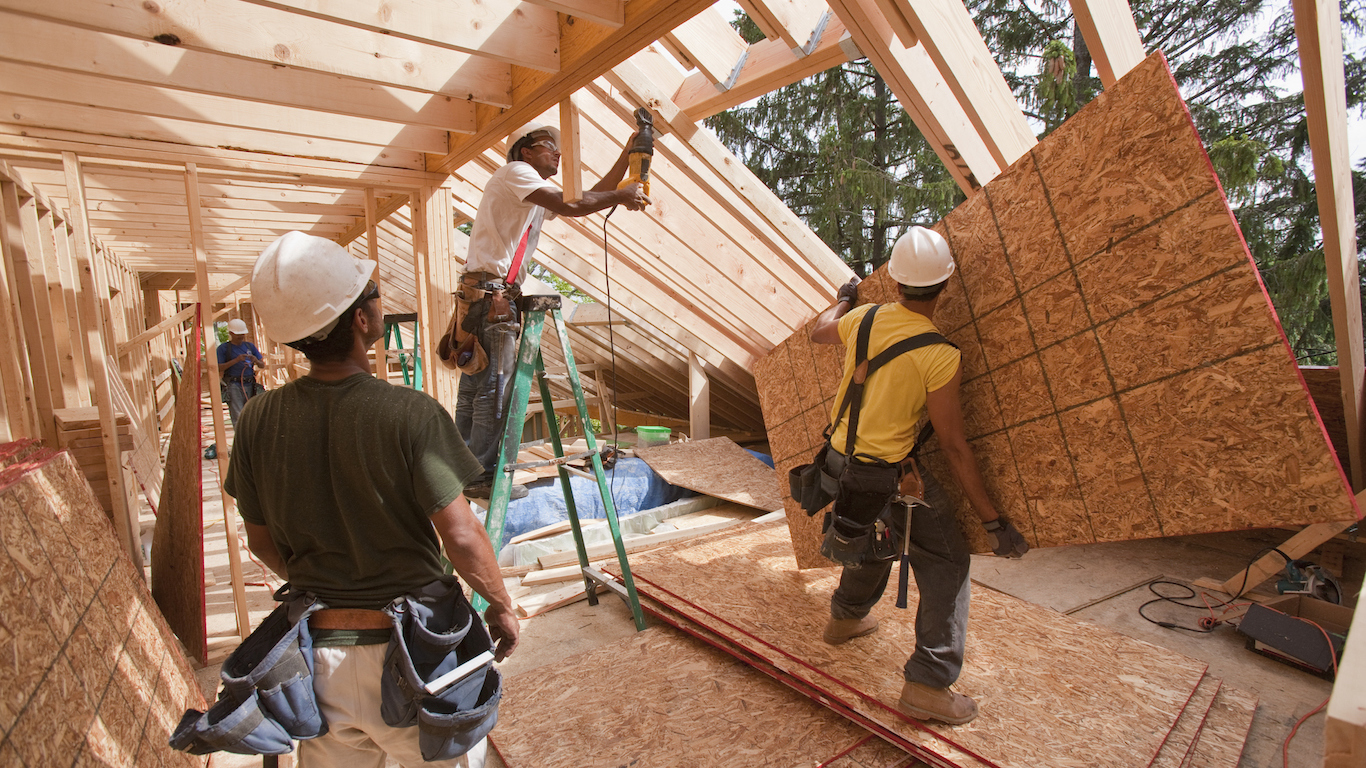Housing
Did April's Dismal Housing Starts Already Mark the Bottom of the Housing Market?

Published:

It was no secret that the COVID-19 recession has been the fastest onset of financial panic in our lifetimes. The only good news is that the economic stimulus and stabilization efforts also have been the fastest and largest in history as a means of combating the coronavirus fallout from causing another Great Depression.
With more than 30 million people having filed for jobless claims and with Federal Reserve officials opining that the real level of unemployment is likely over 20%, it is not surprising to see that the economic reports around housing are very weak.
The U.S. Department of Commerce reported that U.S. housing starts for the month of April came in at 891,000 on a seasonally adjusted annualized rate. On top of that representing a 30% drop from March, it was the slowest pace for new construction since February of 2015. Dow Jones was calling for approximately 900,000 in housing starts
Permits for newly constructed homes dropped by 20.8% last month. That reading was down to a seasonally adjusted annualized rate of 1.074 million units. While very weak, Dow Jones was already calling for only a 996,000 reading.
Completions were also weak. Privately-owned housing completions in April were 1.176 million on a seasonally adjusted annualized rate. This was down 8.1% under the revised March estimate of 1.279 million and was down an even sharper 11.8% from the April 2019 reading. Single-family housing completions in April were down 4.9% at 865,000 units. The multifamily completions were down in both the two-to-four and the five-plus units categories, but the two-to-four units category saw a drop of 30.4% month over month.
While these housing numbers are atrocious by any measurement, the National Association of Home Builders had released its May reading on the index for confidence from builders a day earlier. This is more current and is based on the monthly surveys measuring sales of new homes, sales of new homes expected over the next six months, and the traffic of prospective buyers in new homes. While the drop to 30 in April was more than 40 points lower than March, the index popped back up to 37 and beat the consensus estimate of 33 in Monday’s report.
There may not have been special notes for April’s weak housing data, but there was also a very wide plus-or-minus range, compared to normal in the Commerce Department’s initial estimates. April was the month that the government’s economic stimulus money was also sent to businesses and individuals as well.
Is it possible that the recession’s peak housing woes came in April and are already behind us?
The thought of burdening your family with a financial disaster is most Americans’ nightmare. However, recent studies show that over 100 million Americans still don’t have proper life insurance in the event they pass away.
Life insurance can bring peace of mind – ensuring your loved ones are safeguarded against unforeseen expenses and debts. With premiums often lower than expected and a variety of plans tailored to different life stages and health conditions, securing a policy is more accessible than ever.
A quick, no-obligation quote can provide valuable insight into what’s available and what might best suit your family’s needs. Life insurance is a simple step you can take today to help secure peace of mind for your loved ones tomorrow.
Click here to learn how to get a quote in just a few minutes.
Thank you for reading! Have some feedback for us?
Contact the 24/7 Wall St. editorial team.